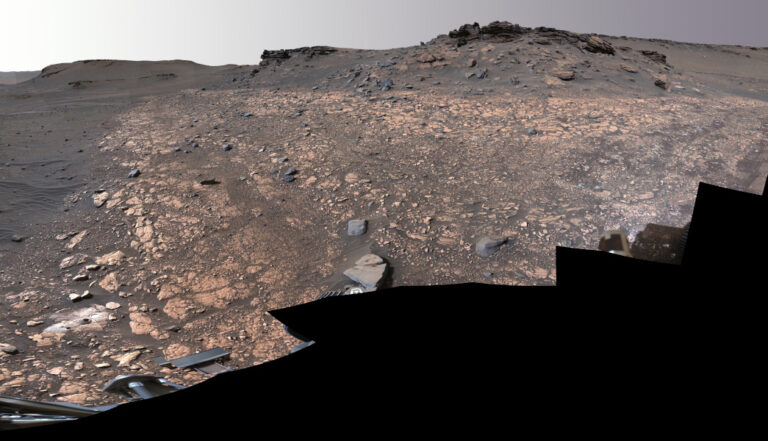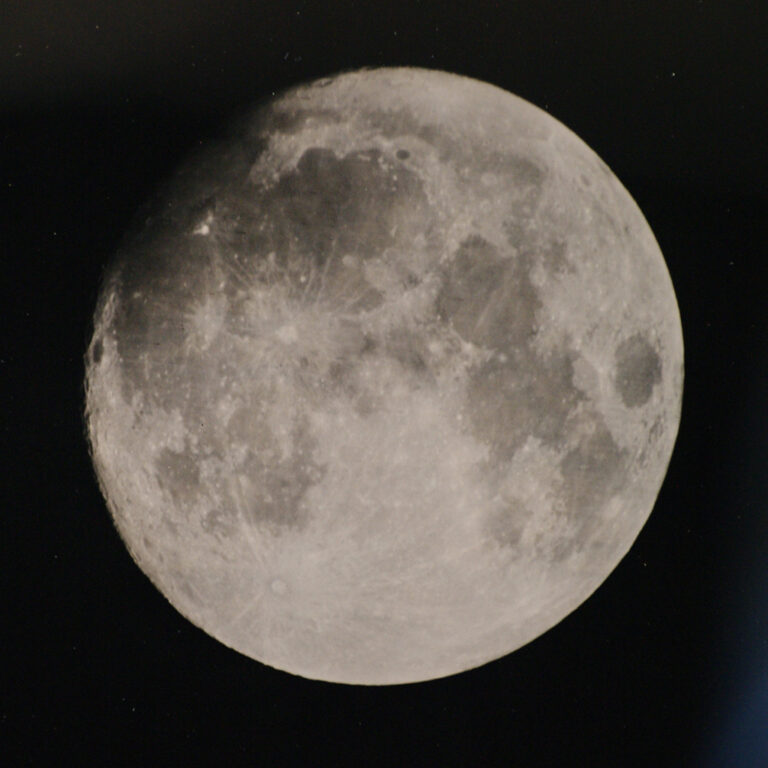2021年01月02日 21st Century Wet Collodion Moon Image Credit & Copyright: Mike Smolinsky Explanation: In the mid 19th century, one of the first photographic technologies used to record the lunar surface was the wet-plate collodion process, notably employed by British astronomer Warren De la Rue. To capture an image, a thick, transparent mixture was used to coat a glass plate, sensitized with silver nitrate, exposed at the telescope, and then developed to create a negative image on the plate. To maintain photographic sensitivity, the entire process, from coating to exposure to developing, had to be completed before the plate dried, in a span of about 10 to 15 minutes. This modern version of a wet-plate collodion image celebrates lunar photography’s early days, reproducing the process using…



